In recent years, the use of stainless centrifugal pumps has grown significantly across various agricultural operations. Traditionally limited to specific irrigation needs, the stainless centrifugal pump now plays an expanded role in the movement of water, fertilizers, and other liquid-based materials across diverse farming environments. As agricultural practices become more specialized, the demand for equipment that can withstand varying conditions has helped promote wider use of this pump type.
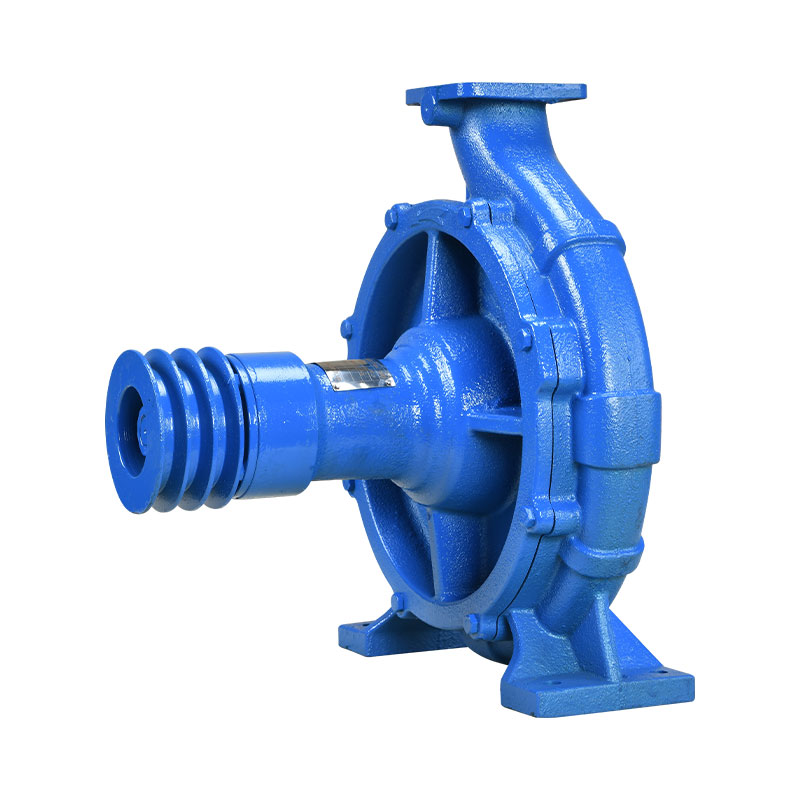
One of the primary reasons the stainless centrifugal pump has found increased use in agriculture is its resistance to corrosion and wear. Farms that rely on high-mineral content water or use liquid fertilizers benefit from a pump that maintains performance under prolonged exposure to such materials. In contrast to cast iron or plastic options, the stainless centrifugal pump offers durability that supports consistent daily operation. This makes it a suitable choice not only for irrigation but also for livestock watering systems and greenhouse misting applications.
Alongside these developments, the agricultural centrifugal pump also continues to serve an essential role. Its ability to move large volumes of water efficiently remains a fundamental requirement in crop irrigation. However, with changing environmental factors and varying water sources, farmers are seeking pumps that provide stable flow even under fluctuating conditions. In many cases, stainless centrifugal pump systems are integrated with traditional agricultural centrifugal pump setups to enhance adaptability across different sections of farmland.
Another factor driving the diversification of applications is the growing use of precision farming techniques. These approaches often involve controlled water and nutrient delivery, which requires pumps that can handle both volume and accuracy. In such contexts, the stainless centrifugal pump is favored for its ability to function reliably in both centralized and distributed systems. It has proven effective in operations involving temperature-sensitive fluids or chemically treated water, where material compatibility is essential.
In addition to crops, the agricultural centrifugal pump is seeing renewed interest in livestock farms. These environments present challenges such as variable flow needs and exposure to biological waste. By incorporating stainless centrifugal pump models, farms can maintain more hygienic conditions, as these pumps are easier to clean and less prone to bacterial buildup. Their robust construction also contributes to longer maintenance intervals, which helps reduce downtime in busy farm cycles.
Water recycling systems have also opened new possibilities for both the agricultural centrifugal pump and the stainless centrifugal pump. As water conservation becomes more critical, farms are using reclaimed water for irrigation and other secondary purposes. Pumps used in these systems must tolerate particulates and varied pH levels. Here again, stainless centrifugal pumps show strong compatibility, often serving as the core component in recycling loops.
The combined use of stainless centrifugal pumps and agricultural centrifugal pumps reflects a shift toward more tailored equipment strategies. Rather than relying on one pump for all purposes, farms are deploying specific models based on the type of fluid, pressure demands, and flow rates required for each application. This shift enhances efficiency and allows better resource management across different types of farms, from orchards to grain fields and animal husbandry operations.
As agriculture continues to evolve, the role of the agricultural centrifugal pump remains foundational. Yet it is the stainless centrifugal pump that increasingly fills specialized roles, complementing the broader system. The future of pump use in agriculture appears to rest not just on capacity but also on adaptability—and stainless centrifugal pumps are well-positioned to support that trend. With their expanding applications, these pumps are becoming an essential part of modern agricultural systems.

 English
English русский
русский Español
Español
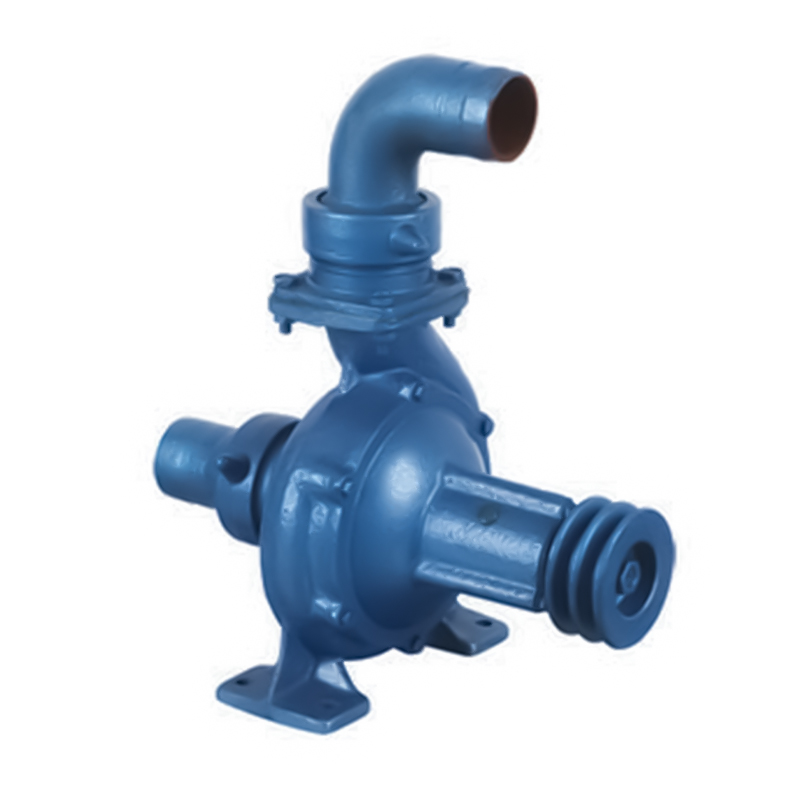

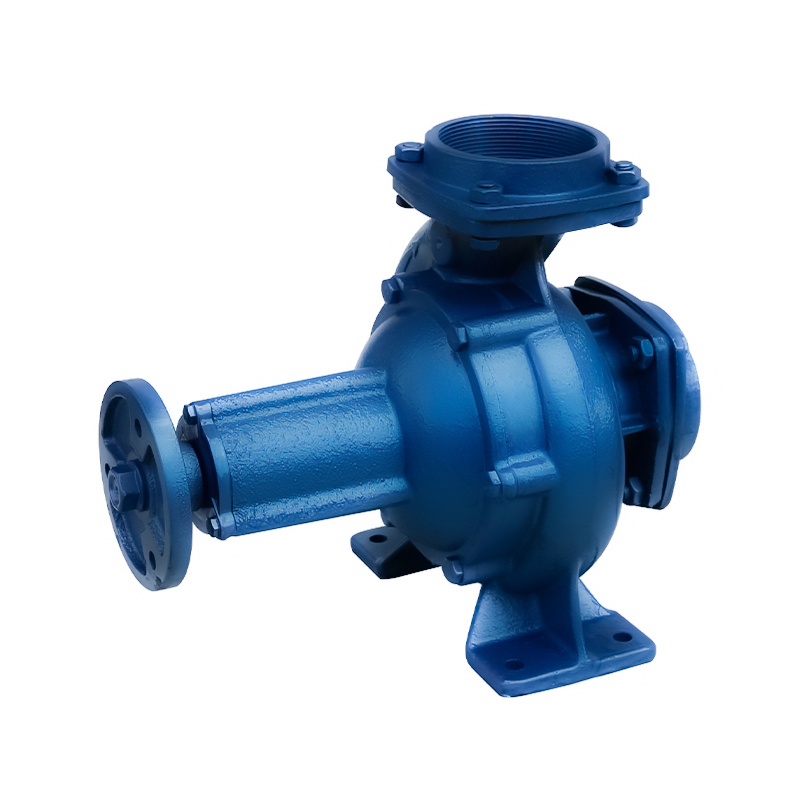
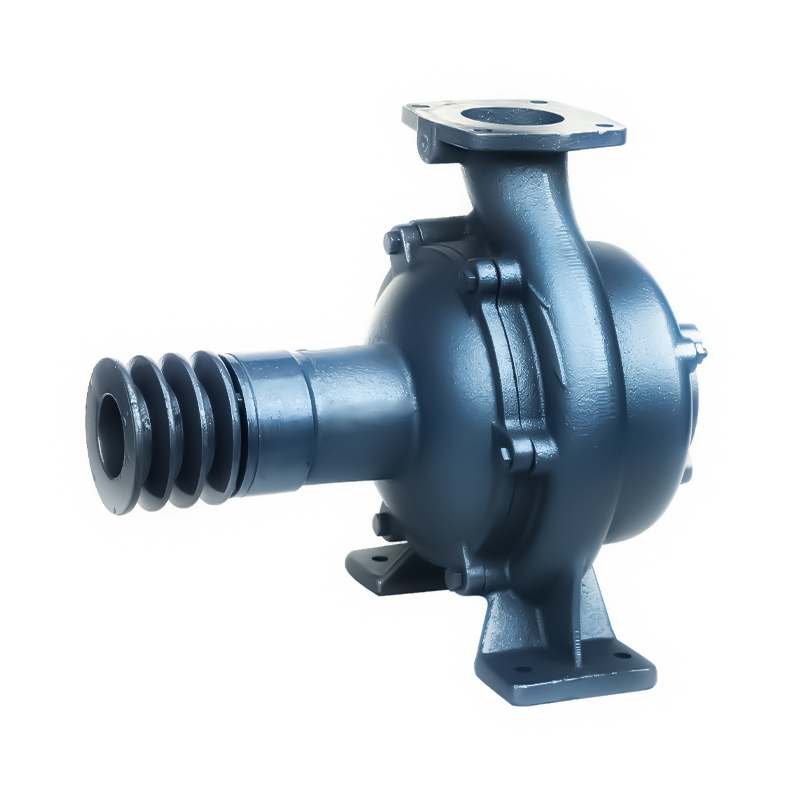
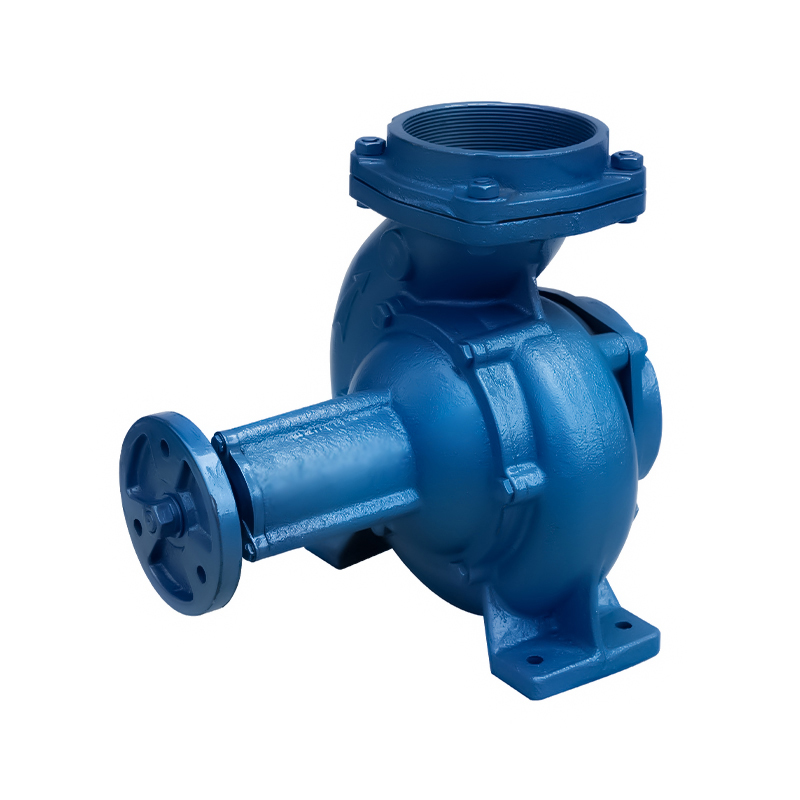
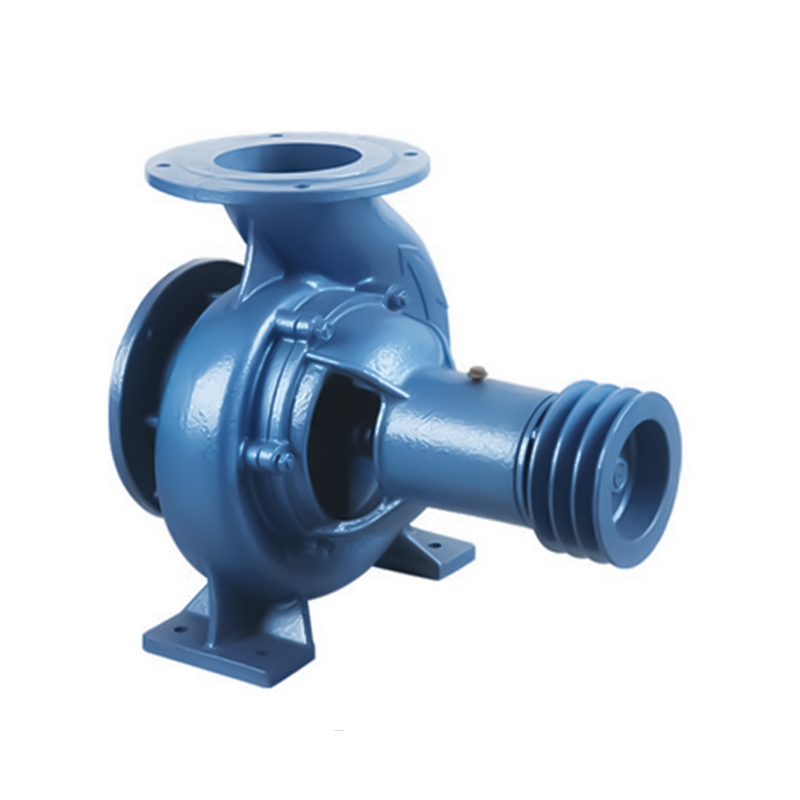
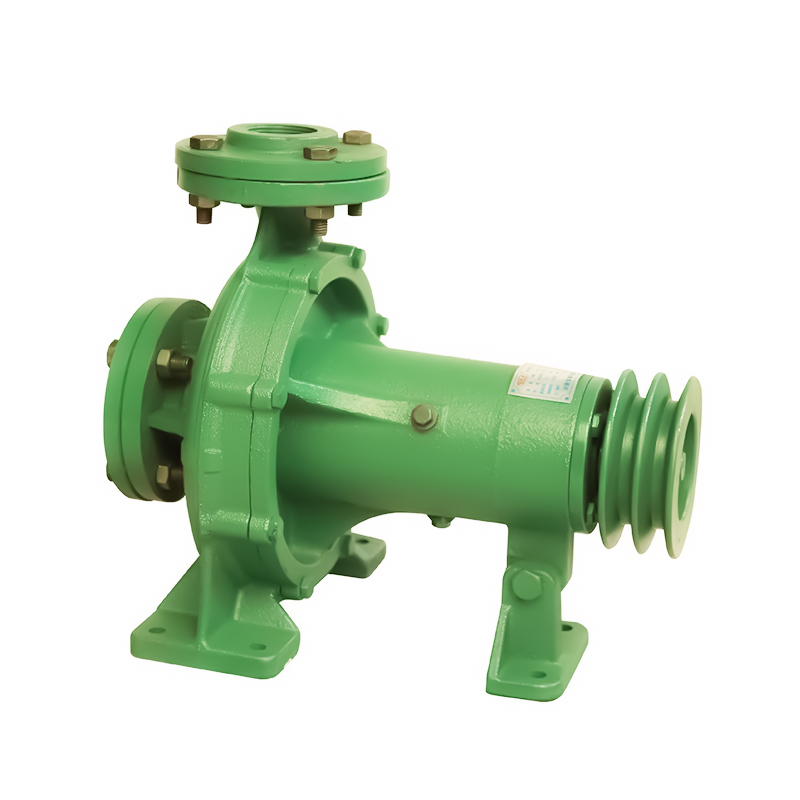

 Email:
Email:
 Phone:+86-13605899207
Phone:+86-13605899207

